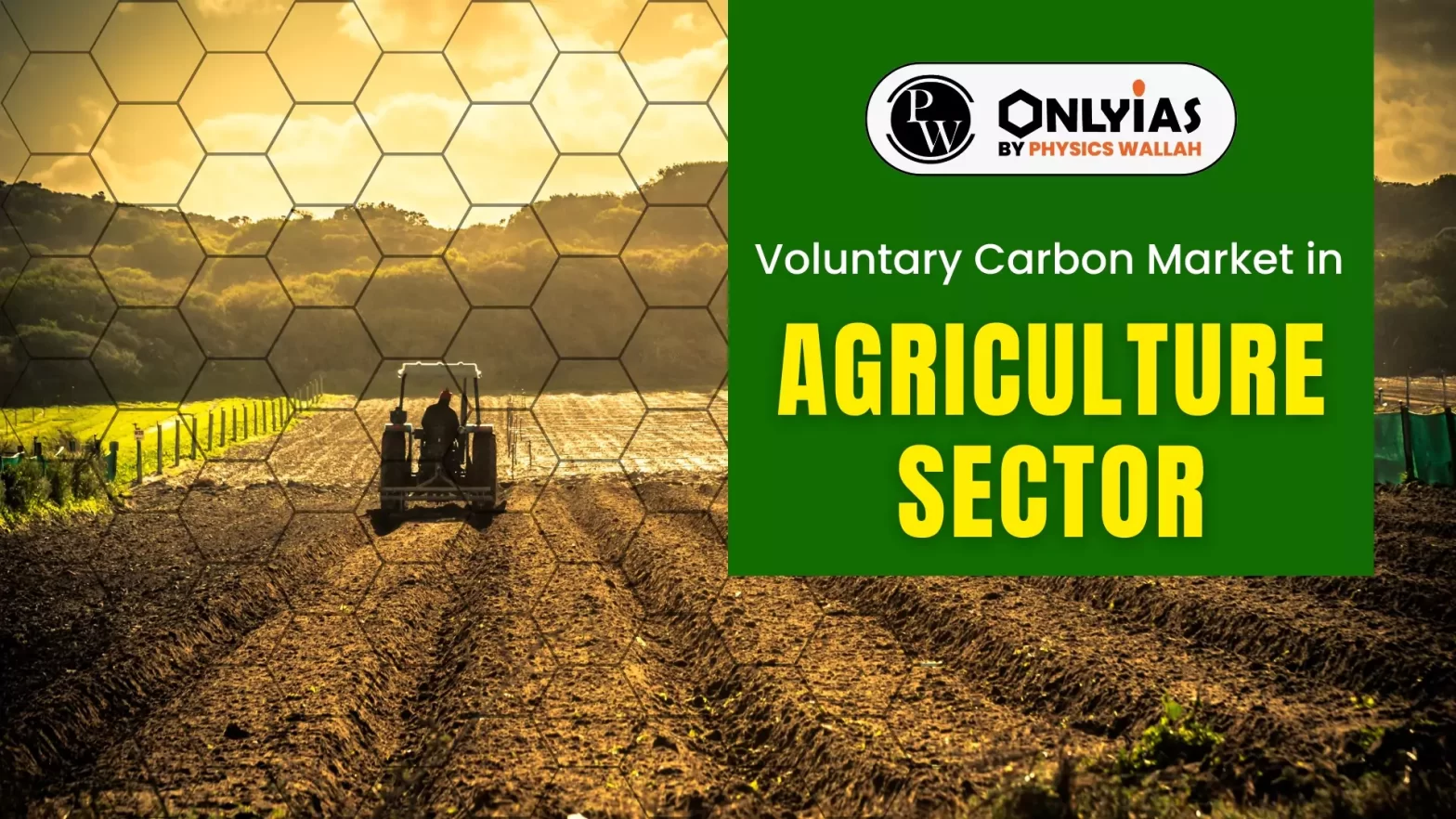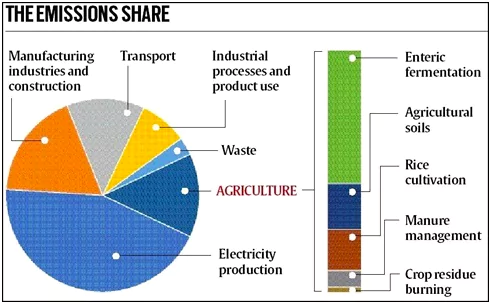
This article is based on the news “Launch of Framework for Voluntary Carbon Market in Agriculture Sector and Accreditation Protocol of Agroforestry Nurseries” which was published in the PIB. The Union Minister of Agriculture & Farmers’ Welfare and Tribal Affairs launched the Framework for Voluntary Carbon Market in Agriculture Sector and Accreditation Protocol of Agroforestry Nurseries.
| Relevancy for Prelims: Agriculture In India, Climate Smart Agriculture, Green Credit Program (GCP), COP28 Climate Summit, and Farmer Producer Organisations (FPOs).
Relevancy for Mains: Voluntary Carbon Market in Agriculture Sector: Need, Significance, Challenges, and Way Forward. |
|---|
Agroforestry
National Agroforestry Policy
|
|---|

Status of Voluntary Carbon Market
|
|---|
| Must Read | |
| NCERT Notes For UPSC | UPSC Daily Current Affairs |
| UPSC Blogs | UPSC Daily Editorials |
| Daily Current Affairs Quiz | Daily Main Answer Writing |
| UPSC Mains Previous Year Papers | UPSC Test Series 2024 |
To get PDF version, Please click on "Print PDF" button.
How Climate Change is Creating Refugees Across the...
View India’s Gender Gap Report Ranking as a Warn...
Aiding India’s Progress with Choice, Control and...
Bridge too Far: On the Bridge Collapse in Vadodara
How India’s Biofuel Potential Complements its Le...
As PM Modi lands in Namibia, this is why the Count...
<div class="new-fform">
</div>
